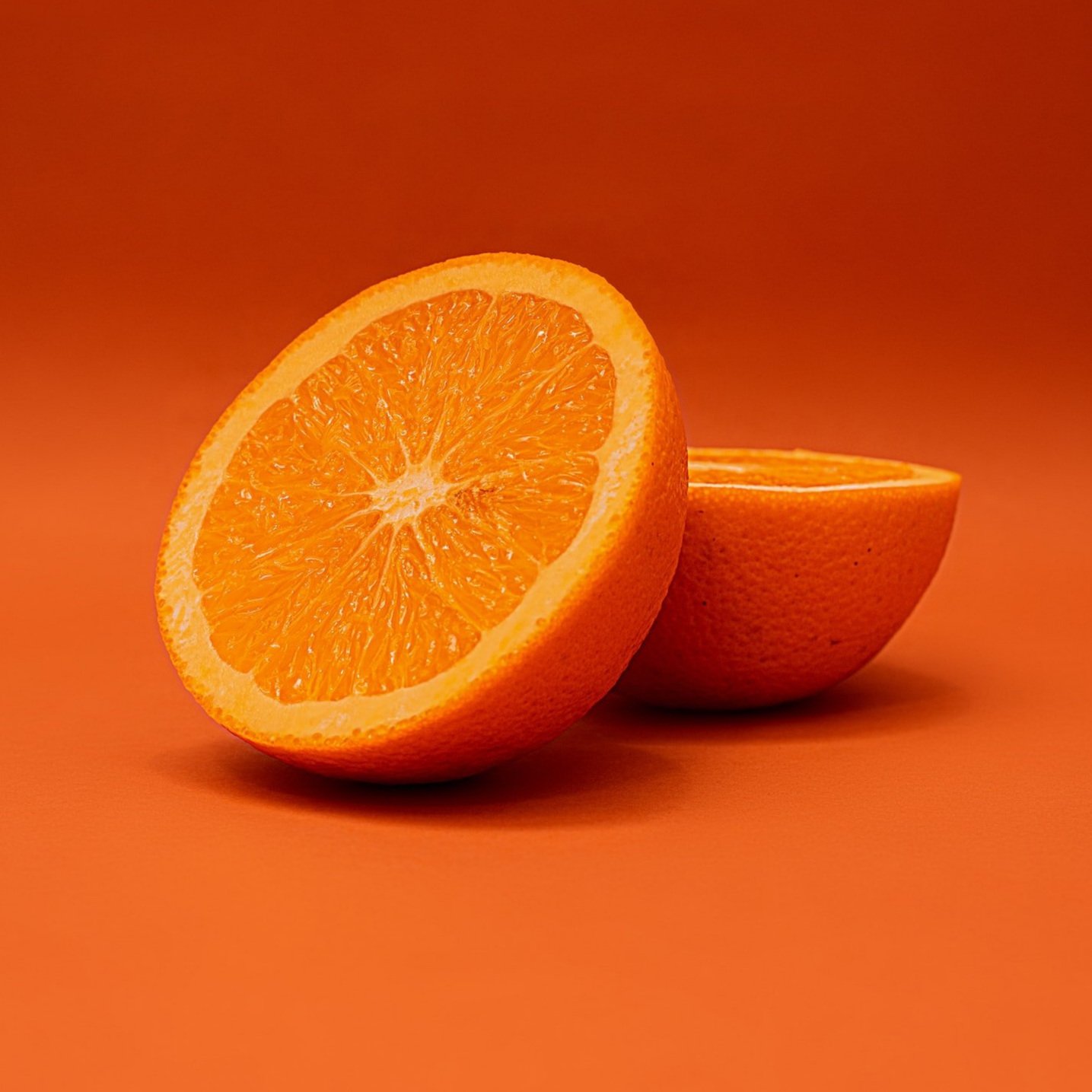Commonly Used Preservatives in Orange Juice
The orange juice you drink may have “fresh squeezed” on the container, but it contains more than just oranges. Surprisingly, true freshly-squeezed orange juice has a shelf life of only a few hours. In order to maintain its stability, orange juice contains preservatives, and your food ingredient supplier, Bell Chem, gives you an idea of what to expect on your orange juice container, and the role of each preservative.
First, let’s discuss pasteurization. Many pundits argue that pasteurization is more economical and safer than adding chemicals. However, in the case of orange juice, pasteurization destroys most of the nutrients within orange juice, rendering it only slightly better than fruit-flavored juice. When manufacturers do choose to pasteurize to kill bacteria, they often have to add nutritive substances back into the juice.
Ascorbic acid
Vitamin C’s source is ascorbic acid, which usually presents as a powder in orange juice. As the name implies, ascorbic acid is an acidulant as well as an antioxidant. Its claim to fame is its ability to keep orange juice from tinting brown. Use ascorbic acid in conjunction with another strong acid for better results. Since it is the forerunner to Vitamin C, many orange juices proudly display its addition in the ingredients list, and tout their “High in Vitamin C” claim on the label.
Benzoic acid
This antimicrobial preservative works wonders at pH levels between 2.5 and 4.0. With orange juice clocking in at pH 3.9, benzoic acid successfully inhibits the growth of bacteria and yeasts. The addition of benzoic acid greatly increases the shelf life of orange juice.
Citric acid
The white crystalline form of citric acid monohydrate balances the pH of orange juice as an acidulant and knocks out microbial growth as an antioxidant. As a bonus, citric acid is how consumers judge the taste of orange juice, passing along its tart flavor.
Sodium benzoate
This white crystalline powder stops bacterial, fungal, and microbial growth and has a higher rate of inhibition than other preservatives. The food industry has relied on sodium benzoate for more than 100 years.
Sodium carboxymethylcellulose (CMC)
As a white, fine powder, CMC thickens juices and improves mouthfeel. As an emulsifier, CMC suspends pulp within the juice matrix. This nifty trick retains the color people recognize as fresh juice.
Sorbic acid
A natural organic compound, sorbic acid preserves all forms of juice except frozen concentrated orange juice. Not much sorbic acid is required to deter the growth of bacteria, molds, and yeast.
Sulfur dioxide
Working as a preservative and antioxidant, sulfur dioxide increases shelf life as it kills microorganisms.
Bell Chem is a food ingredient supplier based in Longwood, FL (just north of Orlando) with hundreds of products stocked in their 50,000+ square-foot warehouse, including many orange juice preservatives. You can expect the highest quality products, expedited shipping options for maximum efficiency, and unrivaled personalized customer service. Let our knowledgeable and friendly customer service representatives and accounting staff personalize all your needs by either calling 407-339-BELL (2355) or by sending us an online message.

